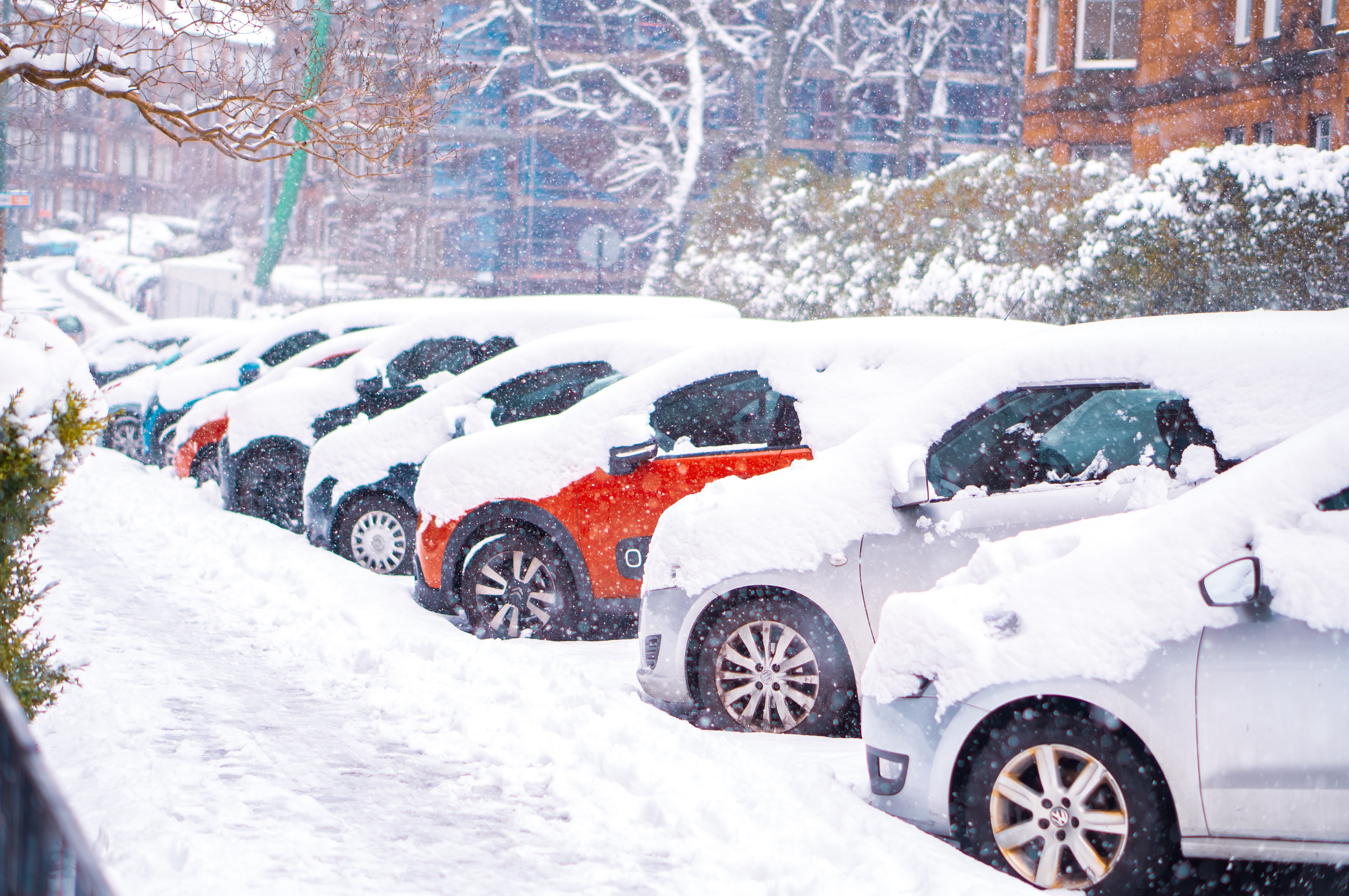If you follow the recommended winter car care tips and drive slowly, then you’re less likely to run into severe issues, but it’s best to be safe than sorry.
The familiar struggles of snowy and icy roads, temperatures below freezing, and blizzard weather conditions are among us. While these are inconveniences for just about everyone, they are greater struggles for drivers. Throughout winter, driving a car isn’t as hassle-free as getting in and driving off and without the proper precautions, you could risk accidents on the road and potential damage to your car. Go through this winter car maintenance check-list to ensure a safer driving experience on the frosty roads ahead, along with avoiding unnecessary damage to your car.
Frosty Car Care Tips
If you left your car parked outside overnight or even for a few hours, chances are that you will need to take a few steps before getting in and driving. Assess your car to see if there is visible snow or frost collected on the surface of it. If you don’t have an ice scraper, a card-shaped object can be just as handy to get the job done. Once the windows are scraped, take a look at your side mirrors and headlights to make sure they are visible too. Windshield wipers are prone to freezing during lower temperatures, so take the extra few seconds after parking to point them in an upwards direction before leaving the car out overnight. If deicing your car becomes an everyday hassle but you don’t have the opportunity to park indoors, there are a few measures you can take to prevent frost and snow buildup on your car.
Light the Path

Properly functioning headlights are crucial during winter than ever due to the shorter days and longer nights. Sometimes, the problem doesn’t lie in the fault of the headlight itself, but improper care. When snow collects on your headlights and you don’t notice or take the time to wipe it off, this can lead to dim illumination when driving in the dark. Likewise, in foggy or stormy weather conditions, a bright headlight is a necessity to avoid accidents. Make sure to wipe off your headlights before driving or if you notice the light bulb itself becoming dim, then change the lights immediately since this is a sign that the lights will go out completely soon.
Fluid Management
Making sure your car’s fluids are all good-to-go is an important step of your winter car care checklist. What should you pay attention to exactly? One of the most important car fluids during winter is your gas level. It’s recommended that you drive with a full or at least half full tank of gas for longer drives. Our cars burn a lot more fuel during wintertime when the engine is running to warm the car. Washer fluid is another one to keep an eye out on. You’ll be using your windshield wipers more often than not during stormy weather conditions and you don’t want to run out on wiper fluid in the midst of it. Last, but not least, make sure that your car isn’t low on Antifreeze, or coolant. Pay attention to the freezing point to ensure that it will withstand the low temperatures of your area and prevent the engine from freezing.
Equipped for Any Scenario
Driving during the winter, especially in areas where blizzard conditions occur more often than not, there is an increased chance of accidents or abrupt roadside problems arising. For this reason, our last winter car care tip is more of a preventive measure. Take the time and resources to pack a winter car emergency kit and keep it in the car at all times. Typically, it is recommended to have basic tools in the car during all seasons, but here is a detailed list of what to include especially for wintertime:
- Car emergency warning sign
- A shovel
- A knife
- A spare tire
- Jumper cables
- Basic car repair toolkit
If you follow the recommended winter car care tips and drive slowly, then you’re less likely to run into severe issues, but it’s best to be safe than sorry. It’s optimal to take your car for a quick checkup at the mechanic’s or carry out a detailed assessment of the car before the first snowfall to ensure there aren’t any crucial problems that require immediate attention. Now you’re ready to drive in peace until the dry, Spring roads approach.


Join the conversation!